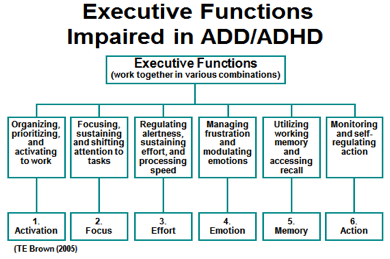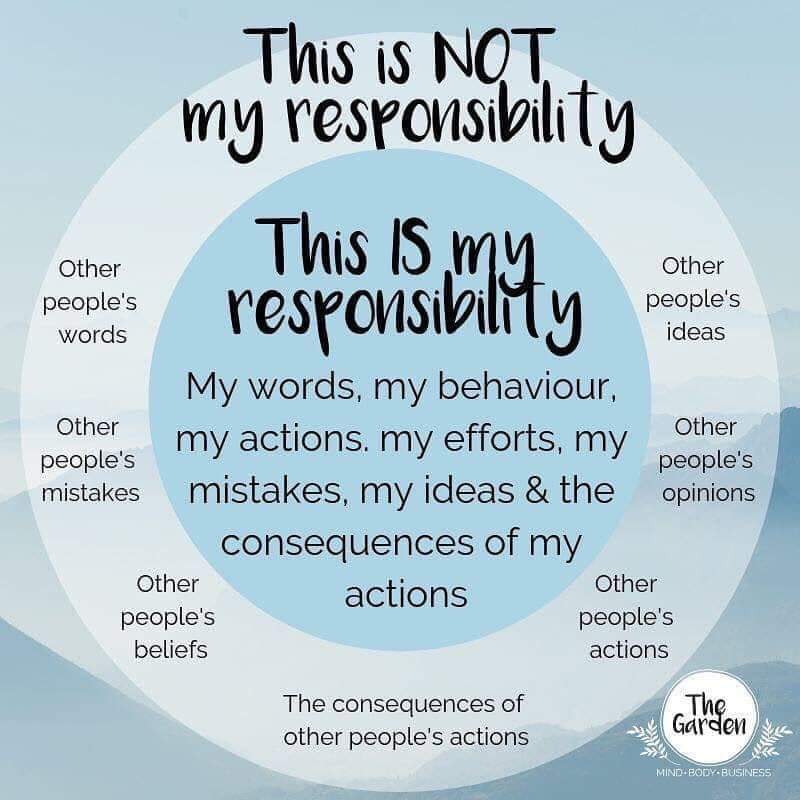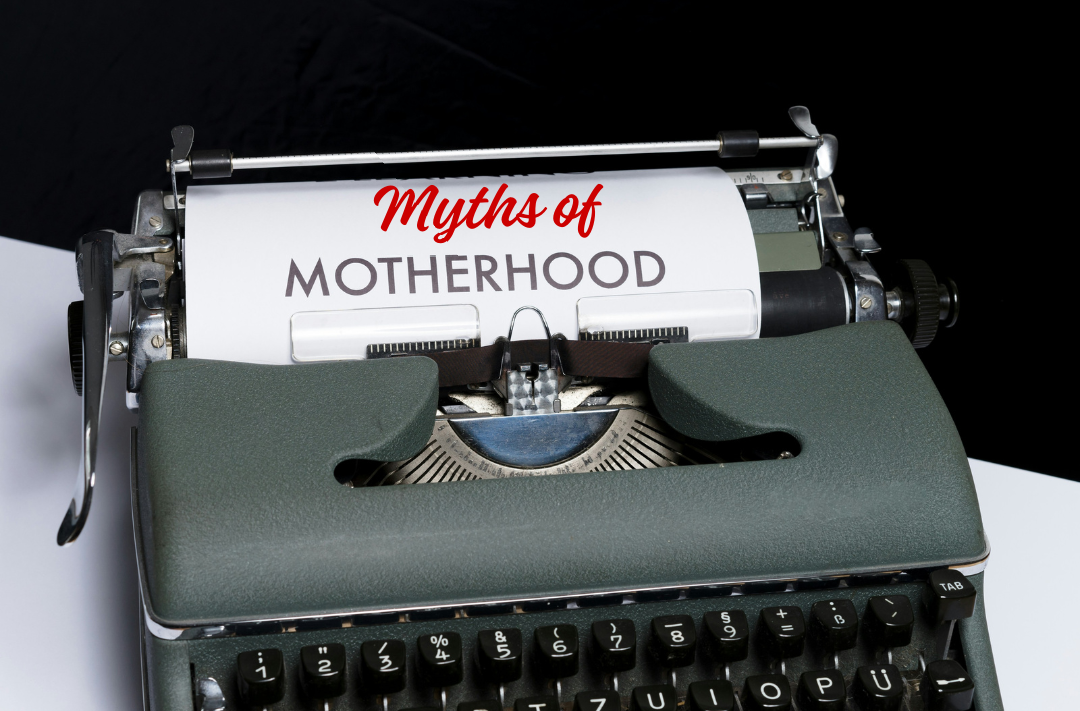Whether or not one partner is neurotypical and the other has ADHD or both partners have ADHD, you have a relationship with 2 people whose brains work differently. This can set up a common dynamic that creates a vicious cycle of communication that leads to feelings of resentment, anxiety, frustration, and shame. This cycle can lead to ADHD spouse burnout.
A common dynamic that results from the vicious cycle of communication is called the parent-child dynamic, which is another way of saying a poor boundary dynamic.
This sounds terrible, I know. And “acting as the parent” or “acting as the child” isn’t literal. What it looks like is the “parent” spouse communicates to their partner as if they were a child because the “child” partner is struggling with their executive function. This can end up with the “parent” partner taking on most of the household responsibilities, real parenting responsibilities, or maybe even the financial responsibilities.
It can feel like the “parent” spouse is taking on 70% of the shared load and the “child” spouse is taking on 30% of the shared load most of the time.
ADHD spouse burnout is a result of the “parent” spouse taking on too much of the load.
In a relationship where only one partner has ADHD, it is generally the non-ADHD partner who acts as the parent and the ADHD partner as the child. In a relationship where both partners have ADHD, it is typically the ADHD partner that understands their brain that acts as the parent, and the other partner that doesn’t understand their brain acts as the child.
Another way to look at it is what Ari Tuckerman PsyD describes as one spouse is over-functioning and the other is under-functioning. But most people, especially those with ADHD, don’t feel good about under-functioning. They want to share the load, but they may not know how. This could be because when they got diagnosed, the only support they got was medication, or they could be resistant to understanding how their brain works due to shame.
People with ADHD organically struggle with the load because the load requires executive functioning and an internal reward system. The table below is from Tom Brown’s book A New Understanding of ADHD in Children and Adults. It shows what executive functions are and what they do. A neurotypical person’s executive function works well every day, all day, for the most part. But a person with ADHD’s executive function doesn’t function well, ever, and especially if it isn’t treated and understood.

ADHD is a complex neurological condition. People with ADHD aren’t choosing to not share the load. They struggle with knowing how to do it.
Problems occur if the ADHD partner doesn’t understand how their brain works and/or the non-ADHD partner isn’t willing to understand ADHD. And to be clear, ADHD is not the problem. Tuckerman says “ADHD doesn’t invent new problems; it just exacerbates the universal ones.”
There are 2 people in the relationship and both parties are responsible for the “mess”. (Post Malone and Morgan Wallen sing it well.)
So how do you shift the dynamic?
Remember when I said that the parent/child dynamic is a poor boundary dynamic? Let’s start with boundaries.
In her book, Boundary Boss, Terri Cole talks about 5 types of boundaries:
- Physical – your body and your personal and physical space
- Sexual – the level of physical or verbal intimacy that is comfortable for you
- Material – whether or not others have your permission to access your stuff
- Mental – you are the only authority of your thoughts, values, and opinions
- Emotional – you are responsible for your own feelings, and not for anyone else’s
When it comes to boundaries, it is important to understand what you are responsible for and what you are not. John Gottman’s circle of responsibility illustrates this well.

In relationships, it is common for ADHD symptoms to cross over other’s boundaries. For example, if the ADHD partner leaves their shoes (more than 1 or 2 pairs) in the living room at all times, or doesn’t clean up after they make food (the food could be there for 5 days), or leaves unfinished projects out in the living area (for over a year or so), that could be crossing over their partner’s physical boundary.
That doesn’t mean that the non-ADHD spouse doesn’t exhibit behaviors that cross over boundaries. That partner might expect shoes to never be left out in the living area, or food that is made must be cleaned up immediately after being made, or that unfinished projects should never be in the living area. If the non-ADHD partner is getting angry when these expectations aren’t immediately met, that could be crossing over their partner’s mental boundary.
These scenarios set up the stage for the parent/child dynamic where the non-ADHD spouse is constantly reminding the ADHD partner to clean up and/or reprimanding like a real parent does to a child.
Using these scenarios, let’s look at the steps to take to shift the dynamic:
- Both partners need to understand ADHD. The ADHD partner needs to understand how their brain works so they can work with their brain instead of working against it. The non-ADHD partner needs to understand ADHD and its neurobiology so they can appreciate and support their partner through a neurodiverse lens. This includes realizing that taking a stimulant (if the ADHD partner wants to take a stimulant) is not enough.
ADHD medication is not enough. A person may take the right medication at the right dose, but nothing changes if he still approaches tasks with neurotypical strategies.
Dr. William Dodson
- Start with an open, respectful, and transparent discussion on how each prefers their shared living space to be.
- Discuss what are fair and reasonable expectations. While it might not be fair that the ADHD partner leaves a trail of mess, it also isn’t fair if the non-ADHD partner expects a consistently spotless living environment.
- Think about what the shared roles and responsibilities are. Make a list if it is helpful.
- Each partner can then choose what role they can take on based on their strengths and hopefully enjoy doing.
- What is left over? Can you delegate out some responsibilities? And what can you let go of?
- Pick a day/time of the week to sit down and discuss the following week, who will do what, etc. Consider this a “business meeting” to make sure you both are on the same page.
- Get a shared calendar. A Google calendar is good for electronic time management. But it can also be helpful to have dry erase calendar with space for 4 months at a time. Visual cues are helpful for folks with ADHD if their working memory doesn’t work so well.
- Keep this dialogue open because things can change so you may need to re-negotiate.
- Remember that your partner is a human being. No human is perfect – and that includes you.

Your relationship is more important. If you find these strategies hard to do on your own, hire an ADHD-specific relationship coach or a couples therapist who specializes in working with neurodiversity. Although both will be helpful with behavior changes, the therapist will be more qualified for emotional repair, especially if there is any underlying trauma for either partner.
Communication and setting boundaries create connection and dispel ADHD spouse burnout. Think about what you would like from your partner in order to feel respected, cared for, and appreciated. Look within and reflect on ways you may be getting in your own way of not getting your needs met. We all get in our own way sometimes, so be kind to yourself when reflecting. All relationships are works in progress no matter how long you have been together. Just remember to try and have fun while you are doing it.
Jacqueline V. Cohen is a licensed professional counselor and an ADHD-certified clinical specialist provider specializing in perinatal mental health and adult ADHD. To learn more about her work, you can go to her services page.
HELPFUL RESOURCES:
The Couple’s Guide to Thriving with ADHD by Melissa Orlov and Nancie Kohlenberger, LMFT
The ADHD Effect on Marriage: Understand and Rebuild Your Relationship in Six Steps by Melissa Orlov
Living Well with ADHD by Terry M. Huff
Journey Through Addulthood by Sari Solden, MS, LMFT



